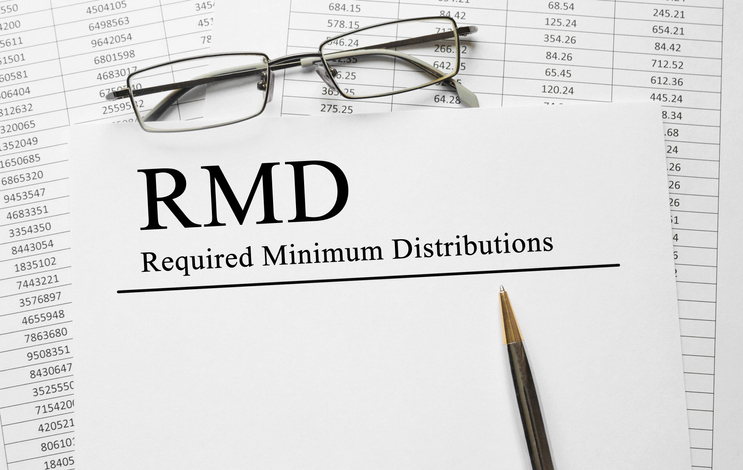Required Minimum Distributions
 Required minimum distributions, often referred to as RMDs, are amounts that U.S. tax law requires one to withdraw annually from traditional IRAs and employer-sponsored retirement plans. As of 2020, the age for withdrawing from retirement accounts changed, individuals with IRAs are required to begin lifetime RMDs from their IRAs no later than April 1 of the year following the year in which they reach age 72. Prior to 2020, the RMD age had been 70 ½ years old. However, on March 27, 2020, President Trump signed a $2 trillion coronavirus emergency stimulus package into law. It suspended required minimum distributions from retirement accounts in 2020. This gives those accounts more time to recover from the stock market downturns, and retirees who can afford to leave them alone get the tax break of not being taxed on mandatory withdrawals.
Required minimum distributions, often referred to as RMDs, are amounts that U.S. tax law requires one to withdraw annually from traditional IRAs and employer-sponsored retirement plans. As of 2020, the age for withdrawing from retirement accounts changed, individuals with IRAs are required to begin lifetime RMDs from their IRAs no later than April 1 of the year following the year in which they reach age 72. Prior to 2020, the RMD age had been 70 ½ years old. However, on March 27, 2020, President Trump signed a $2 trillion coronavirus emergency stimulus package into law. It suspended required minimum distributions from retirement accounts in 2020. This gives those accounts more time to recover from the stock market downturns, and retirees who can afford to leave them alone get the tax break of not being taxed on mandatory withdrawals.
They can always withdraw more than the minimum amount from their IRA or plan in any year, but if they withdraw less than the required minimum, they will be subject to a federal penalty.
The purpose of the RMD rules is to ensure that people do not accumulate retirement accounts, defer taxation, and leave these retirement funds as an inheritance. Instead, required minimum distributions force the holder to withdraw at least some of the funds as taxable distributions while still alive.
IRA owners do not have to take lifetime distributions from Roth IRAs.

